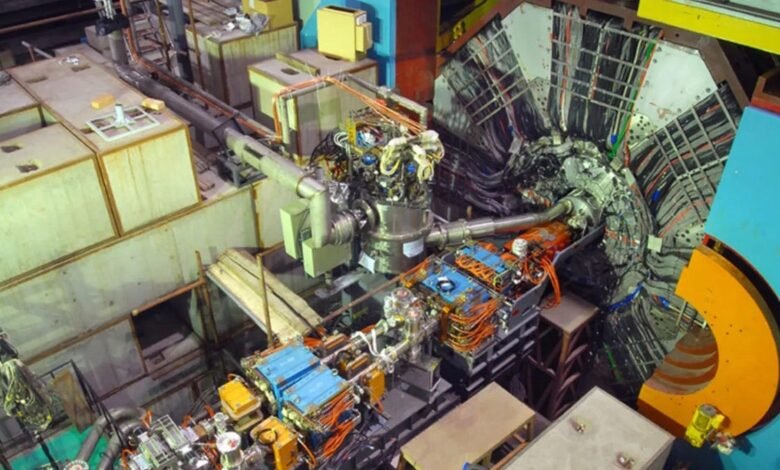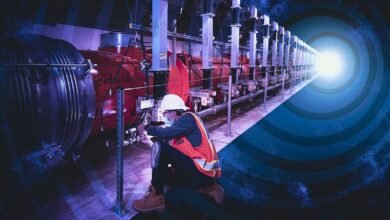What do unexpected experimental results actually tell us? | by Ethan Siegel | Starts With A Bang! | Sep, 2024

Scientific surprises, driven by experiment, are often how science advances. But more often than not, they’re just bad science.
When you’re a scientist, getting an unexpected result can be a double-edged sword. The best prevailing theories of the day can tell you what sort of data you ought to expect to acquire as you ask nature questions about itself, but only by confronting your predictions with real-world scientific inquiry — involving experiments, measurements, and observations — can you put those theories to the test. Most commonly, the results agree with what the leading theories predict; after all, that’s why they became the leading theories in the first place. Still, it’s important to keep pushing the frontiers of even the most well-established theories in new and untested regimes, as if there’s ever going to be a new scientific breakthrough, the first hints of it will come from experiments and observations that nature has never been subjected to before.
That’s why it’s so compelling when, every once in a while, scientists get a result that conflicts with our theoretical expectations. In general, when this happens in physics, most people default to the most skeptical of explanations: that there’s a problem with the experiment, the…
Source link





